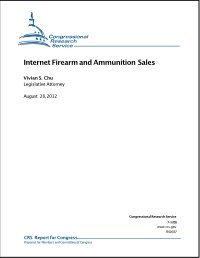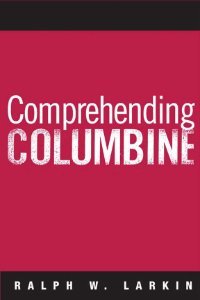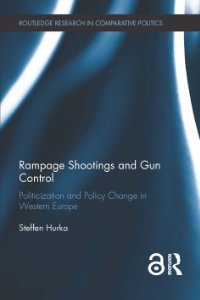By Vivian S. Chu
As the Internet has become a significant venue for facilitating commercial transactions, concerns have arisen regarding the use of this medium to transfer firearms. This report discusses the sale of firearms and ammunition over the Internet, with a focus on the extent to which federal law regulates such activity. A review of the relevant factors indicates Internet-based firearm transactions are subject to the same regulatory scheme governing traditional firearm transactions. Over the years, this has raised concern about the possibility of increased violation of federal firearm laws, as well as challenges that law enforcement may face when attempting to investigate violations of these laws. A review of the relevant factors also indicates that the sale and transfer of ammunition are not as strictly regulated as firearms, and that these changes came into effect in 1986. Lastly, this report highlights recent legislative proposals, S. 3458 and H.R. 6241, companion measures introduced by Senator Frank Lautenberg and Representative Carolyn McCarthy in the 112th Congress that would affect online ammunition transactions.
Washington, DC: U.S. Library of Congress, Congressional Research Service, 2012. 11p.





